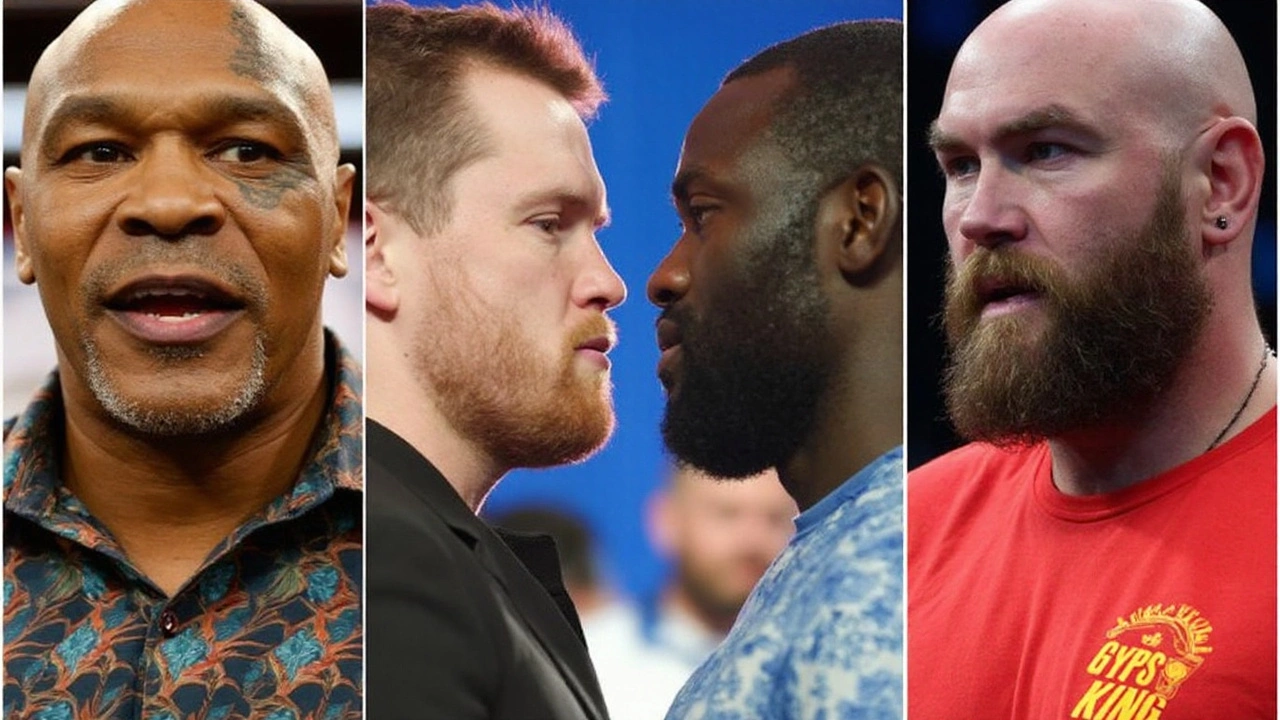Boxing Predictions: How to Forecast the Next Big Fight
If you’ve ever wondered why some fans get the results right while others miss the mark, the answer lies in a blend of data, instincts, and a bit of homework. You don’t need a crystal ball – just a solid method for breaking down what’s happening inside the ring.
First off, stop treating predictions like a random guess. Look at the fighters’ recent performances, the style matchup, and the conditions on the night of the bout. Even the smallest detail – like a change in trainer or a cut on the skin – can tip the scales.
Key Factors to Consider
1. Fight history and recent form. A boxer on a three‑fight winning streak carries confidence, but check who those wins were against. A victory over a lower‑rank opponent isn’t the same as beating a top‑10 contender.
2. Style match‑ups. Does a slick boxer face a power puncher? A classic boxer‑puncher clash often favors the one who can dictate distance. Look at past fights where similar styles met – the outcomes can reveal patterns.
3. Physical attributes. Height, reach, and age matter. A taller fighter with a longer reach can control the fight’s tempo, while a younger athlete might have the stamina edge in later rounds.
4. External factors. Venue, time zone, and even weather (for outdoor events) affect performance. A hometown crowd can boost a boxer’s morale, whereas a long flight might leave another fatigued.
5. Mental state. Interviews, social media posts, and training footage give clues about confidence levels. A fighter who sounds upbeat and focused often translates that energy into the ring.
Tools & Resources for Accurate Predictions
Now that you know what to look for, use the right tools to gather the data. Websites that log fight statistics, like punch count, accuracy, and defensive efficiency, are gold mines. Combine those numbers with video replays to see how each boxer handles pressure.
Betting odds are another useful gauge. When bookmakers shift a line, they’re reacting to insider information or large betting volume. If the odds move dramatically, investigate why – there might be a hidden injury or a last‑minute change.
Social listening platforms can track fan sentiment in real time. A sudden surge in discussion about a fighter’s training camp might hint at a strategic tweak you missed.
For a quick snapshot, create a simple spreadsheet: list each factor, give it a weight (like 1‑5), and score each fighter. Add the totals and you’ll have a clear visual of who holds the edge.
Remember, no method guarantees a 100% hit rate. Boxing is unpredictable by nature, and that’s part of the excitement. The goal is to make educated guesses that consistently beat the average fan’s random pick.
So, before the next fight night, grab a coffee, pull up the stats, and run through these steps. You’ll feel more confident, and your boxing predictions will start to look less like luck and more like solid analysis.

Canelo vs Crawford: Legends Split as Size Meets Skill in Las Vegas
Las Vegas readies for a rare cross-division superfight as Canelo Alvarez defends his super-middleweight crown against Terence Crawford, who is chasing a historic third undisputed title in the four-belt era. Legends are split: Usyk leans Crawford, Mike Tyson favors Canelo, Amir Khan nudges Crawford, and Fernando Vargas Jr. backs Canelo’s power. Odds tilt Canelo, but the styles make this dangerous.
Read More